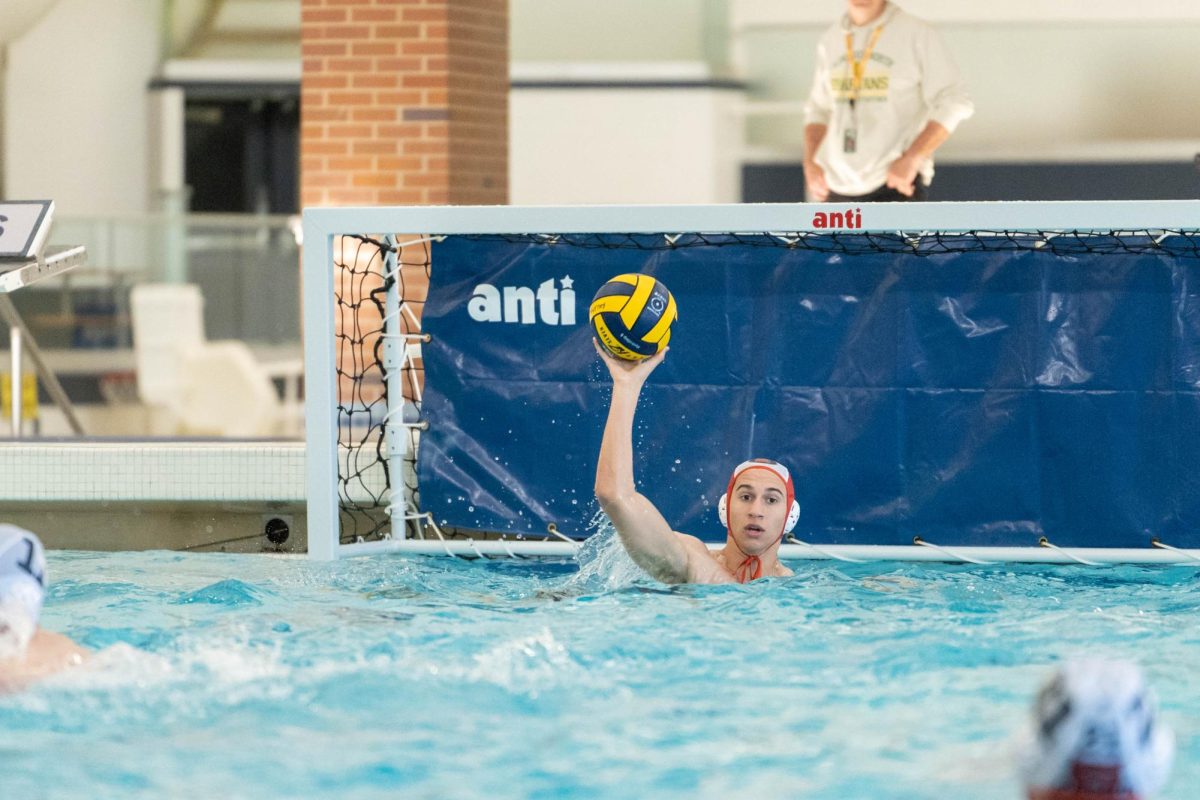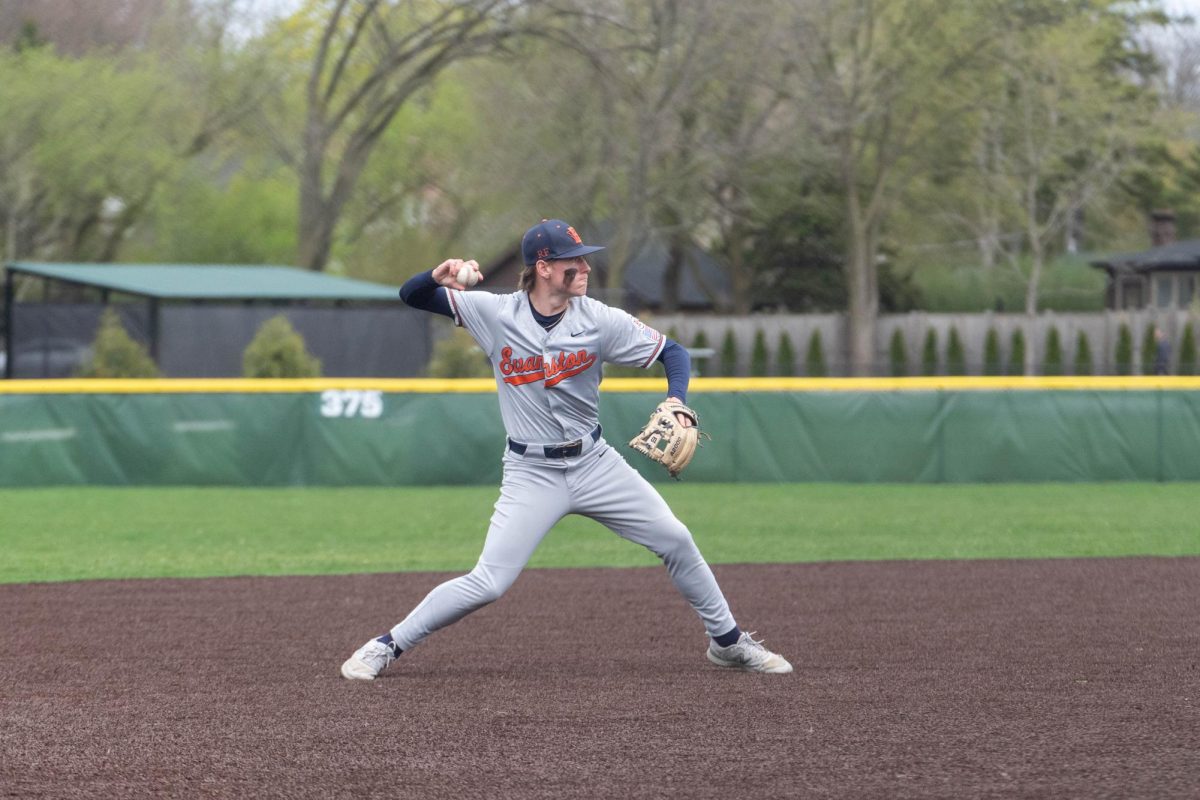As a society we have done an excellent job moving away from gender division in sports. Now it is common to see women play sports that were traditionally only played by men and vice versa. Typically, sports for men, like football, hockey, wrestling and basketball, have grown increasingly more popular for women to play, even at professional levels. Typical sports for women, like gymnastics, cheerleading, dance and figure skating frequently have male participants. This immersion of gender in American sports has been a huge success, but it is important to keep in mind the engrained sexism in the very structure of these sports.
As stated above, many people would consider gymnastics, cheerleading, dance and figure skating as female -dominated sports. These sports are extremely difficult and require extensive training. This training looks slightly different from male dominated sports, though. Women train to be judged, but men train to score points.
Gymnastics, cheerleading, dance and figure skating all share the fact that their point systems and how they win is based on how they are judged. They are studied by people on their skills and how well they perform them. There is an opinion involved and there is an emphasis on how women look and perform. That doesn’t apply to traditionally male-dominated sports. It doesn’t matter much how they score the points, as long as they don’t foul anyone. For female-dominated sports, however, there is so much judgement and opinion involved on how well you scored the point or how good you looked scoring that point.
Senior and former figure skater Margi Everett shared with me the story of her very first time competing when she was eight. She had fallen early on in her routine, something that would have shaken up any eight year old. Instead, the only thing in Everett’s mind was that she needed to compose herself and shake the ice shards off her dress to prevent further points from being deducted. All she thought about was how the judges viewed her.
“As a young skater, it was incredibly easy for me to point out the differences between hockey and figure skating. What always stuck out to me was that hockey wasn’t assessed upon how neat their uniforms looked. Figure skaters have to pay attention to every detail once they’re out on the ice. Whether you’re competing for high school wearing leggings and a sports top or competing solo wearing a short sparkly dress,” stated former figure skater Margi Everett.
This engrained structure of sports that judge and criticize women are extremely harmful to young athletes. Some of the very first sports I ever participated in were gymnastics and dance, the starter sports that many young girls’ parents decide to put them in. The very first introduction to athletics in my life was in a space where the opinions of adults mattered and their view of my skills determined whether I was a bad athlete. My brothers were introduced to hockey, where as long as they hit hard and scored points they would gain praise from their coach. This clear difference shows the toxicity that can occur in sports, especially towards young women.
“The difference between male hockey and figure skating are clearly identified by the way figure skaters are judged based on appearance as well as skill,” Everett continued.
The harmful nature of these sports only continues when we discuss their uniforms. In cheerleading, traditional practice attire is spandex and a sports bra, and is usually something similar when competing. In dance, costumes vary based on the dance style, but leotards and tight clothes are not uncommon. In skating, bedazzled, flowy dresses are most commonly worn. In gymnastics, a leotard is pretty much the only thing worn to compete and practice. All of this attire makes sense, these sports require lots of complicated movement and these clothes help to prevent any restriction of motion. It is just disturbing to me that these sports that are judged are some of the only sports where athletes wear the least amount of clothing.
A specific rule that sticks out to me is in gymnastics. If an athlete’s bra strap or any sort of undergarments sticks out from their uniform, a point could be deducted. It doesn’t matter how good their performance was or how difficult their skills were, they could still be prevented from winning based on a wardrobe malfunction. The fact that there is a rule that penalizes an athlete based on the visibility of their bra is a clear sexualization of girls. Let the athlete perform without giving her extra barriers to cross that involve her undergarments.
“I did gymnastics for a few years when I was younger, but ultimately quit and that decision was heavily influenced by my body image issues. I felt that unlike many of my teammates, my body did not align with the gymnast prototype that was most popular at the time,” said senior girls gymnastics captain Kayjah Etyem.
The combination of minimal clothes and scoring based on judging gives many female athletes the sense that they are being judged on their bodies and appearance, and not just their athletic performance. If your body is exposed and you are given a score based on how good you looked performing, it is only natural to be insecure. This may create extremely high rates of eating disorders. According to the Academy for Eating Disorders, in the top 10 list of sports with the greatest risk for eating disorders, gymnastics, cheerleading, dance and figure skating all hold a spot. This ranking reveals a clear connection between how sports that are judged are impacting athletes in negative ways. Additionally, according to Eating Disorder Hope, disordered eating impacts 62% of female athletes, compared to 33% of male athletes, which shows the harmful environment female athletes face that many male athletes don’t.
“Now that I’m older, I know that a lot of those famous gymnasts were victims of that same idea of the perfect gymnast body and took unhealthy behaviors to achieve it,” stated Etyem.
While it is impossible to change the rules and scoring of these sports, it is possible to eliminate the toxicity that is forced into the brains of young women. It is possible to prevent these “unhealthy behaviors” in young female athletes. It is time to start protecting women in sports.








